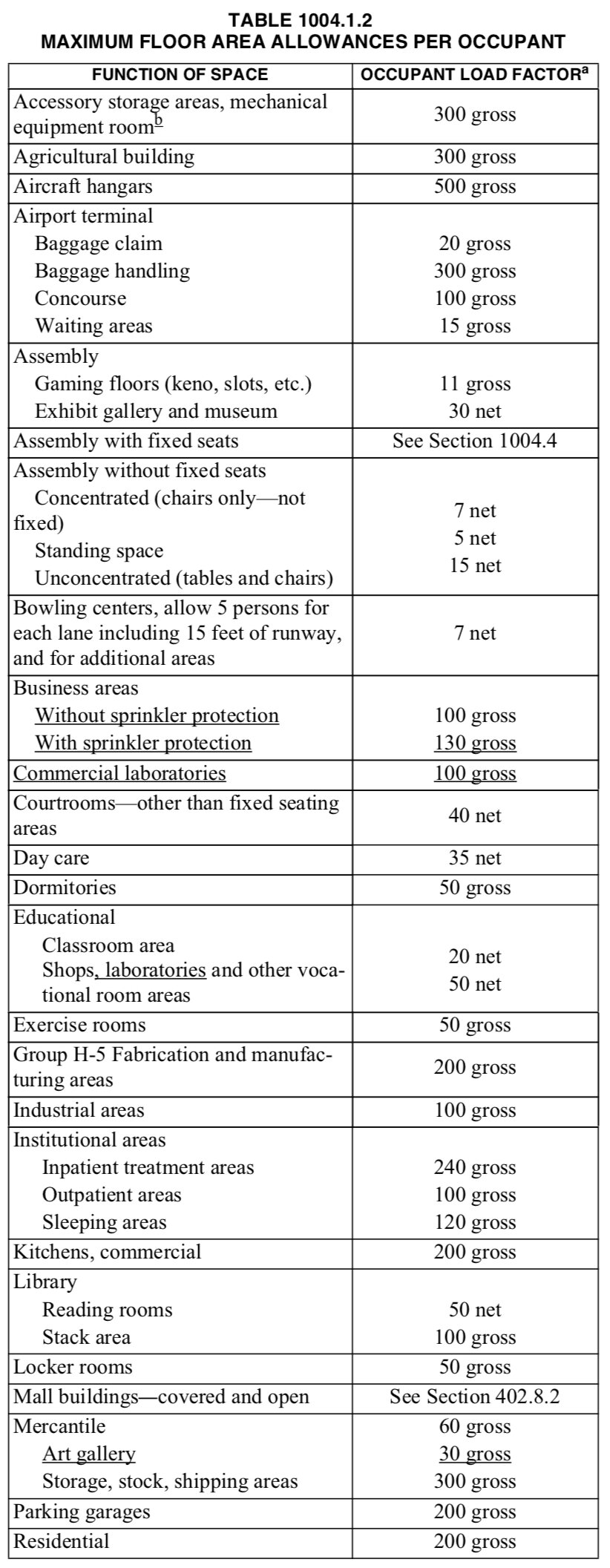I’ve been told the US Navy makes its sailors read this witty story written by Elbert Hubbard in 1899 to teach them how to think big and focus on getting the job done. I’ve always liked the underlying message in most of the essay, which is basically: quit making excuses, and just flipping start doing the thing that you’re supposed to be doing. Since the writing is outdated, I pasted the original with my commentary in italics, so you can see what it means (to me) in today’s context:
A Message to Garcia, by Elbert Hubbard (1899)
In all this Cuban business there is one man stands out on the horizon of my memory like Mars at perihelion.
He is basically saying he can only think of one guy that acts appropriately since it is such a rarity for people to actually “do as they are told.”
When war broke out between Spain and the United States, it was very necessary to communicate quickly with the leader of the Insurgents. Garcia was somewhere in the mountain fastnesses of Cuba - no one knew where. No mail or telegraph could reach him. The President must secure his cooperation, and quickly.
There’s a guy named Garcia hiding in Cuba somewhere that the President of the USA must deliver an urgent letter to, and nobody knows exactly where Garcia is.
What to do!
Someone said to the President, “There’s a fellow by the name of Rowan will find Garcia for you, if anybody can.”
Rowan is the guy who can simply deliver a letter without F-ing it up. Rowan is who we all should strive to be since he can simply “do what he is told.”
Rowan was sent for and given a letter to be delivered to Garcia. How “the fellow by name of Rowan” took the letter, sealed it up in an oil-skin pouch, strapped it over his heart, in four days landed by night off the coast of Cuba from an open boat, disappeared into the jungle, and in three weeks came out on the other side of the island, having traversed a hostile country on foot, and having delivered his letter to Garcia, are things I have no special desire now to tell in detail. The point I wish to make is this: McKinley gave Rowan a letter to be delivered to Garcia; Rowan took the letter and did not ask, “Where is he at?”
Rowan just simply did it. He didn’t ask anyone how to do it. He didn’t ask where to take it. He never asked why. He simply figured it out himself and got the job done. He didn’t make anyone wish they had just done it themselves. He made the delivery of a letter into his own problem and nobody else’s. When the President asked him to do it, he just did it. The President did not need to wonder if it would get done or if it would be done successfully. The President knew that if he told Rowan to do it, then the task was as good as being done, and the President could assume as much. No further followup from the President is required. The President has 100% faith in Rowan.
By the Eternal! There is a man whose form should be cast in deathless bronze and the statue placed in every college in the land. It is not book-learning young men need, nor instruction about this or that, but a stiffening of the vertebrae which will cause them to be loyal to a trust, to act promptly, concentrate their energies; do the thing - “carry a message to Garcia!”
Rowan is the perfect teammate, and a statue of Rowan should be erected to remind the rest of us to be just like Rowan.
General Garcia is dead now, but there are other Garcias. No man, who has endeavored to carry out an enterprise where many hands were needed, but has been well-nigh appalled at times by the imbecility of the average man - the inability or unwillingness to concentrate on a thing and do it.
Although this letter is already delivered, there will always be future tasks that still need to be accomplished, and when those tasks are assigned, the person completing the task should remember the diligence of Rowan and not defer to become the average sort of person who is too lazy to be resourceful and simply figure out on their own how to do the task assigned to them.
Slipshod assistance, foolish inattention, dowdy indifference, and half-hearted work seem the rule; and no man succeeds, unless by hook or crook, or threat, he forces or bribes other men to assist him; or mayhap, God in His goodness performs a miracle, and sends him an Angel of Light for an assistant.
Most people are not like Rowan. They pawn their tasks back to the person who ask them to do it, and the assigner regrets ever assigning it to the assignee. It would have been much easier for the assigner to just do the task themselves instead of thinking someone else could do it instead. We have all heard the phrase, “if you want it done right, do it yourself.” There’s some truth to this unfortunately. We have grown too accustomed to bad service, and we have lost faith in others since there’s no accountability. The thing we need to realize is this: WE LEARN BY STRETCHING OURSELVES TO DO NEW THINGS. We need to push our boundaries to become a better person.
You, reader, put this matter to a test: You are sitting now in your office—six clerks are within your call. Summon any one and make this request: “Please look in the encyclopedia and make a brief memorandum for me concerning the life of Corregio.”
Try testing the theory. Go ask someone this simple question: “I need to know if Florida or Ohio is further west.” Chances are nobody will just find the answer without first asking: why do you need to know, or I think it’s Ohio (without actually looking up the facts).
Will the clerk quietly say, “Yes, sir,” and go do the task?
Haha. Good luck finding someone so cooperative in this era. The next few statements are still relevant today (120 years after the writing), except that we don’t use encyclopedias anymore…enjoy:
On your life, he will not. He will look at you out of a fishy eye, and ask one or more of the following questions:
Who was he?
Which encyclopedia?
Where is the encyclopedia?
Was I hired for that?
Don’t you mean Bismarck?
What’s the matter with Charlie doing it?
Is he dead?
Is there any hurry?
Shan’t I bring you the book and let you look it up yourself? What do you want to know for?
And I will lay you ten to one that after you have answered the questions, and explained how to find the information, and why you want it, the clerk will go off and get one of the other clerks to help him find Garcia - and then come back and tell you there is no such man. Of course I may lose my bet, but according to the Law of Average, I will not.
Now if you are wise you will not bother to explain to your “assistant” that Corregio is indexed under the C’s, not in the K’s, but you will smile sweetly and say, “Never mind,” and go look it up yourself. And this incapacity for independent action, this moral stupidity, this infirmity of the will, this unwillingness to cheerfully catch hold and lift, are the things that put pure socialism so far into the future. If men will not act for themselves, what will they do when the benefit of their effort is for all?
Acting for yourself is good, but acting for the greater good is truly noble.
A first mate with knotted club seems necessary; and the dread of getting “the bounce” Saturday night holds many a worker in his place.
Advertise for a stenographer, and nine times out of ten who apply can neither spell nor punctuate - and do not think it necessary to.
Can such a one write a letter to Garcia?
“You see that bookkeeper,” said the foreman to me in a large factory.
“Yes, what about him?”
“Well, he’s a fine accountant, but if I’d send him to town on an errand, he might accomplish the errand all right, and, on the other hand, might stop at four saloons on the way, and when he got to Main Street, would forget what he had been sent for.”
With Facebook…nothing really gets done. The rest of the essay is more satirical, and I will not comment further, but here it is for your reference. As you go on for the rest of your day (and life), remember to be Rowan and find your own Garcias :)
Can such a man be entrusted to carry a message to Garcia?
We have recently been hearing much maudlin sympathy expressed for the “down-trodden denizen of the sweat shop” and the “homeless wanderer searching for honest employment,” and with it all often go many hard words for the men in power.
Nothing is said about the employer who grows old before his time in a vain attempt to get frowsy ne’er-do-wells to do intelligent work; and his long patient striving with “help” that does nothing but loaf when his back is turned. In every store and factory there is a constant weeding-out process going on. The employer is constantly sending away “help” that have shown their incapacity to further the interests of the business, and others are being taken on. No matter how good times are, this sorting continues, only if times are hard and work is scarce, this sorting is done finer - but out and forever out, the incompetent and unworthy go. It is the survival of the fittest. self-interest prompts every employer to keep the best-those who can carry a message to Garcia.
I know one man of really brilliant parts who has not the ability to manage a business of his own, and yet who is absolutely worthless to anyone else, because he carries with him constantly the insane suspicion that his employer is oppressing, or intending to oppress, him. He can not give orders, and he will not receive them. Should a message be given him to take to Garcia, his answer would probably be, “Take it yourself.”
Tonight this man walks the streets looking for work, the wind whistling through his threadbare coat. No one who knows him dare employ him, for he is a regular firebrand of discontent. He is impervious to reason, and the only thing that can impress him is the toe of a thick-soled No. 9 boot.
Of course I know that one so morally deformed is no less to be pitied than a physical cripple; but in your pitying, let us drop a tear, too, for the men who are striving to carry on a great enterprise, whose working hours are not limited by the whistle, and whose hair is fast turning white through the struggle to hold the line in dowdy indifference, slipshod imbecility, and the heartless ingratitude which, but for their enterprise, would be both hungry and homeless.
Have I put the matter too strongly? Possibly I have; but when all the world has gone a-slumming I wish to speak a word of sympathy for the man who succeeds - the man who, against great odds, has directed the efforts of others, and, having succeeded, finds there’s nothing in it: nothing but bare board and clothes. I have carried a dinner-pail and worked for a day’s wages, and I have also been an employer of labor, and I know there is something to be said on both sides. There is no excellence, per se, in poverty; rags are no recommendation; and all employers are not rapacious and high-handed, any more than all poor men are virtuous.
My heart goes out to the man who does his work when the “boss” is away, as well as when he is home. And the man who, when given a letter for Garcia, quietly takes the missive, without asking any idiotic questions, and with no lurking intention of chucking it into the nearest sewer, or of doing aught else but deliver it, never gets “laid off,” nor has to go on strike for higher wages. Civilization is one long anxious search for just such individuals. Anything such a man asks will be granted; his kind is so rare that no employer can afford to let him go. He is wanted in every city, town, and village - in every office, shop, store and factory. The world cries out for such; he is needed, and needed badly—the man who can
Carry a message to Garcia.
If you’d like to learn more about our design process, visit www.josharch.com/process, and if you’d like to get us started on your project with a feasibility report, please visit www.josharch.com/help




















